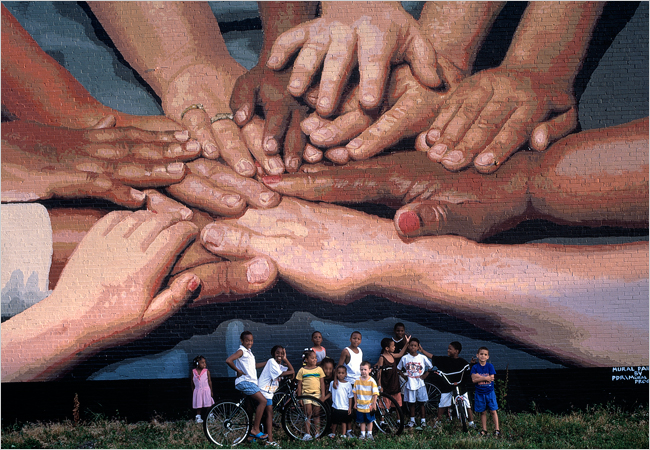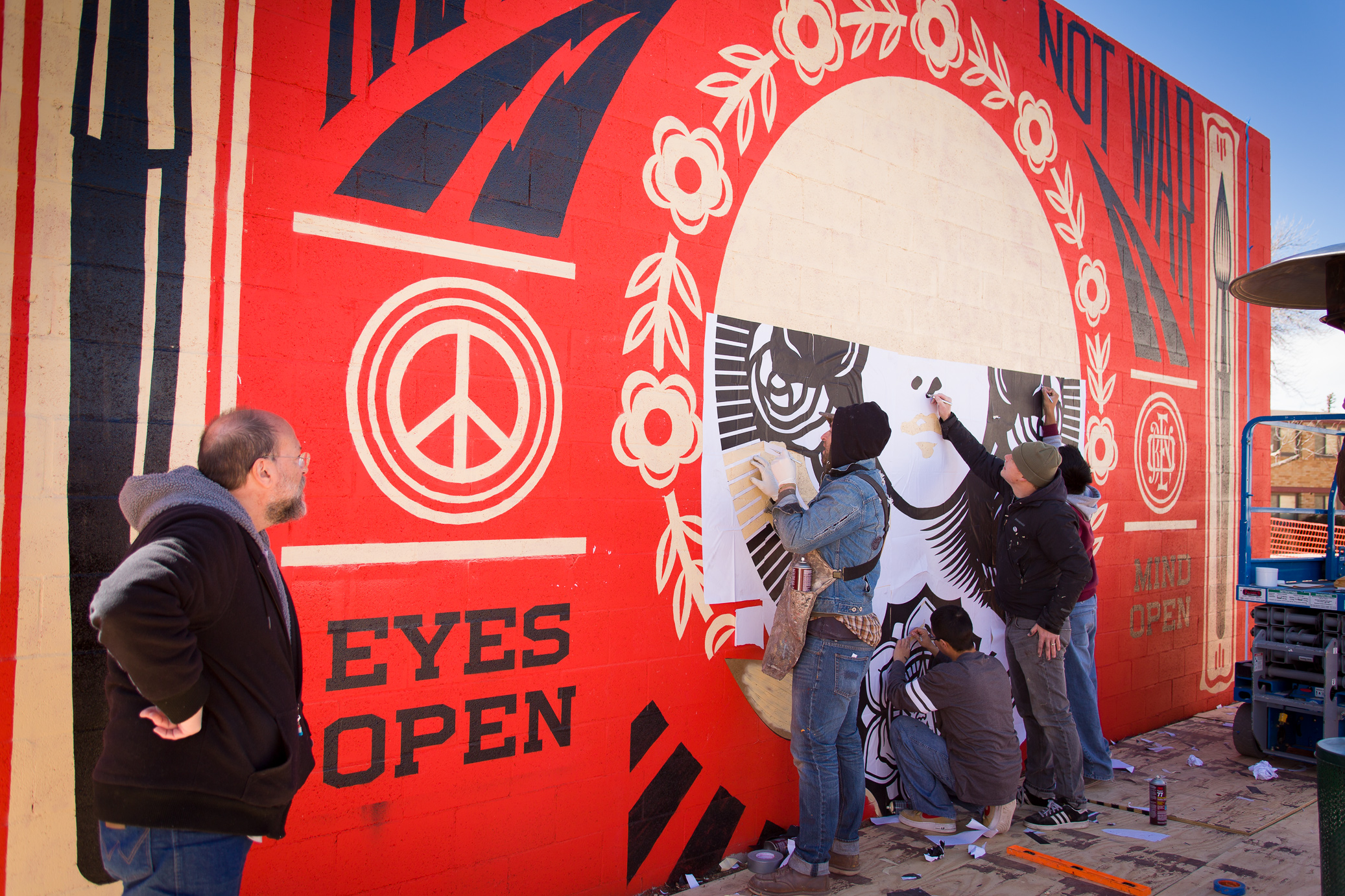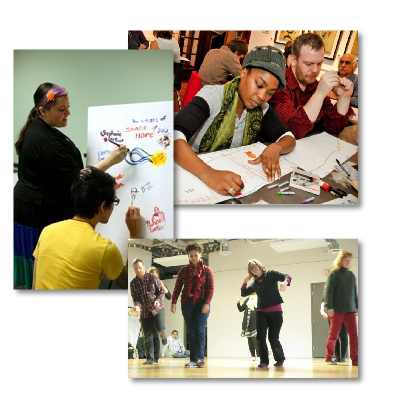There are critical debates surrounding the use of arts in social change and in community-engaged practices that are important to consider before approaching the issue of evaluation. Although these considerations may not have definitive answers or solutions, they are nonetheless important to be aware of and to consider in the practice and evaluation of art for social change.
Art as a Tool
One consideration is the issue of using the arts as a tool to “solve” other problems. This views arts as a means to an end in achieving other societal goals and objectives, which raises concerns about reducing the arts to an instrumental tool rather than having intrinsic value on its own. As Clive Gray writes,
“…there is a burden of expectation that cultural policies should provide a host of solutions to problems that are originally economic, social, political or ideological (or some combination of these).”
- Gray, 2007
Viewing the arts as a tool to achieve other sectors’ goals may also establish the arts as being a secondary and supporting sector to other areas of public policy. Gray also writes:
“Given that these other policy areas generally have the structural strengths that the arts and cultural policy sectors normally lack, particularly in terms of political salience and support, it is not surprising to find them in a dominant position in policy terms, with arts and cultural policies adopting a secondary, contributory, position in comparison with them.”
“Consumer”-Driven Individualization
Moreover, the focus on evaluating arts as a means for other sectors’ approaches to social change can lead to the individualization of the outcomes at the expense of the collective public good. Gray predicts:
“…there will be an increasing emphasis on the benefits of public policies for individual ‘consumers’ at the expense of the broader social collectivity, leading to the development of a fragmented set of policies that are increasingly focused on the demands and interests of individuals.”
-Gray, 2007
What is “good quality” art?
Another consideration is the tension between what constitutes quality in traditional arts as compared to in community-based arts. For instance, the traditional arts community may have established criteria for what makes “good art,” whereas community members participating in an art for social change project may not have the traditional training or skill to create art that would align with such criteria. As Belfiore notes,
“…it will not come as a surprise that quite often issues of quality have been the cause of friction between major funding bodies… and community arts groups. On the one hand, the former value quality and excellence in the arts and make of them important criteria for subsidy. On the other, community arts activities, which are mainly participatory, place more emphasis and value on the artistic process—with its empowering effects—rather than the artistic product... Despite the formal recognition, on the part of the arts “establishment” of the intrinsic value of participatory arts in the community, quality is still a delicate issue in the relationship between the national funding bodies and community arts groups.”
-Belfiore, 2002
In response to the challenge of applying traditional quality criteria to art for social change, Animating Democracy developed a framework consisting of 11 attributes to help understand and evaluate excellence in art for social change. The 11 attributes in the
Aesthetic Perspectives: Attributes of Excellence in Arts for Change are:
- Coherence
- Commitment
- Communal Meaning
- Cultural Integrity
- Disruption
- Emotional Experience
- Openness
- Resourcefulness
- Risk-taking
- Sensory Experience
- Stickiness
Complexity
Another important consideration is the complexity of social change. The historical, political, cultural, and social contexts, the people involved in the project (both participants and organizers), power dynamics, short-term impacts, long-term impacts, and unanticipated consequences all interact in a complex interplay surrounding the project and its evaluation. Social change itself is inherently large-scale, complex and long-term – all factors which can be at odds with the practicalities of evaluation, which requires a limited scale, definable constructs and measures, and a finite length of time. In reconciling the complexity of social change with the practicalities of evaluation, it is helpful to consider the underlying
theory of social change, which can determine program-specific indicators that can be used to evaluate the program’s impact within the bigger picture of social change.
References
Animating Democracy. (2017). Aesthetic Perspectives: Attributes of Excellence in Arts for Change. Retrieved from
http://www.animatingdemocracy.org/aesthetic-perspectives.
Belfiore, E. (2002). Art as a means of alleviating social exclusion: Does it really work? A critique of instrumental cultural policies and social impact studies in the UK.
International Journal of Cultural Policy, 8(1), 91-106.
Gray, C. (2007). Commodification and instrumentality in cultural policy.
International Journal of Cultural Policy, 13(2), 203-215.





